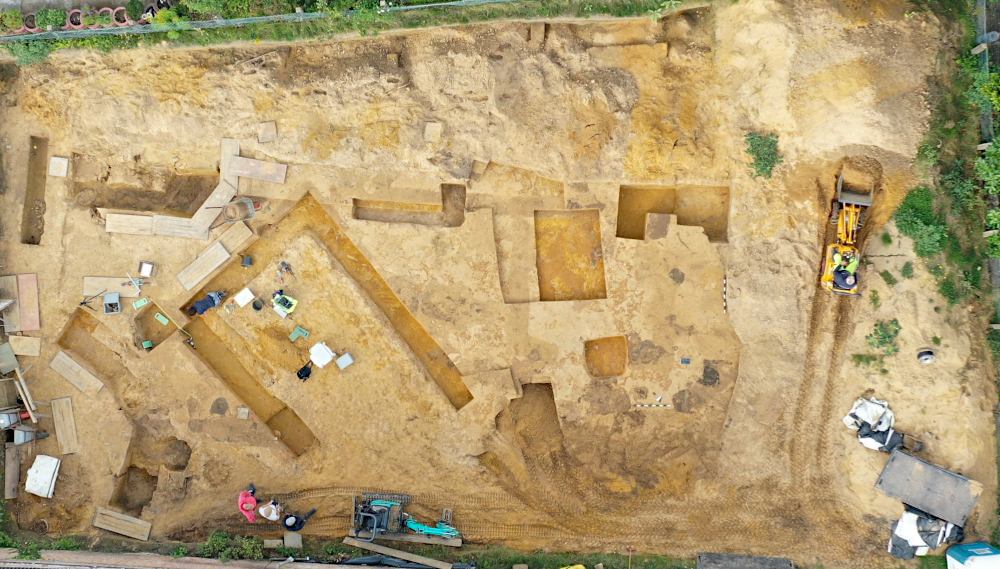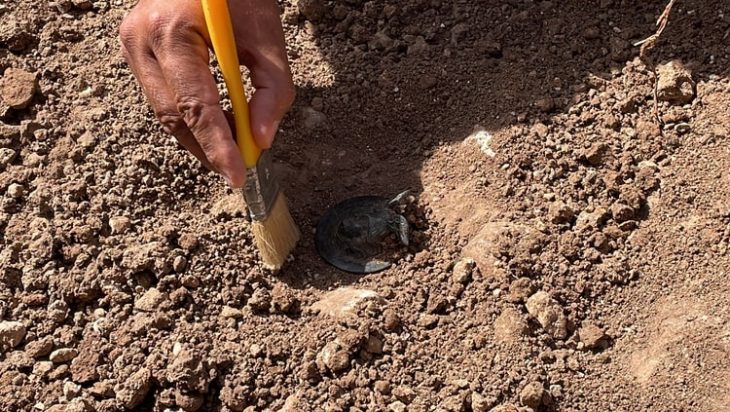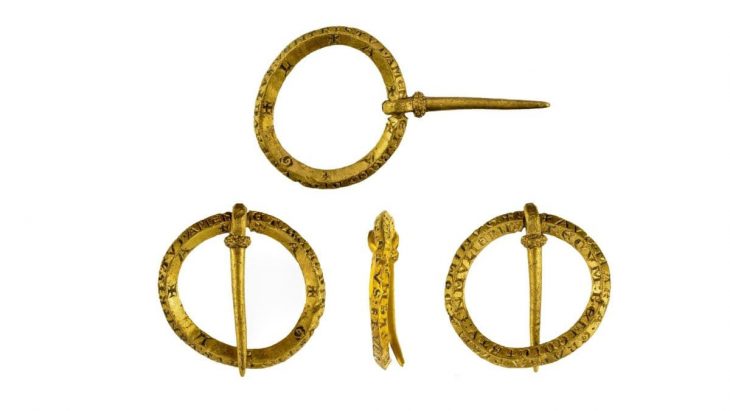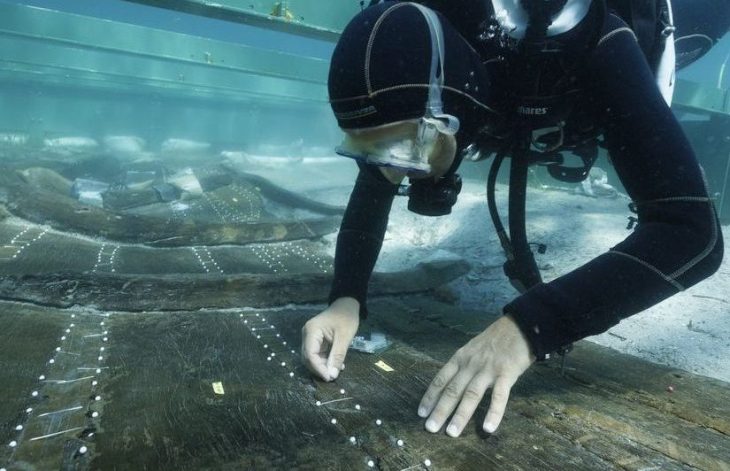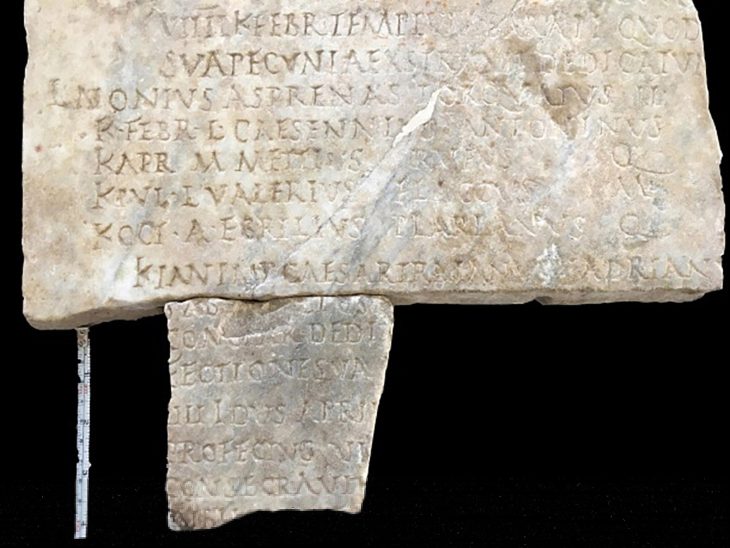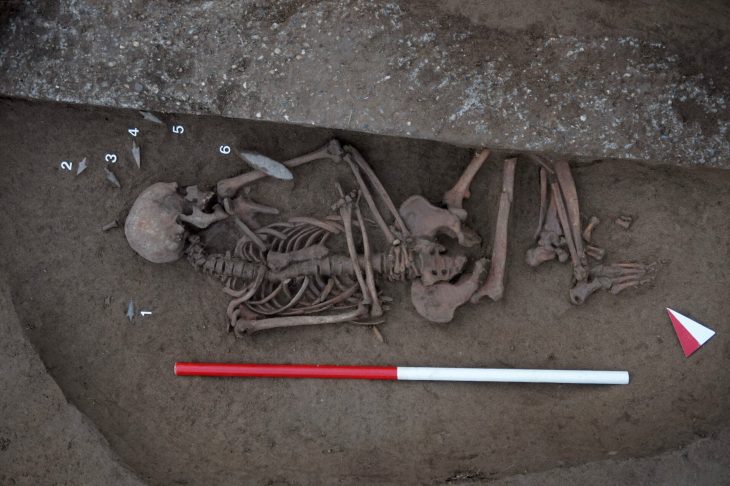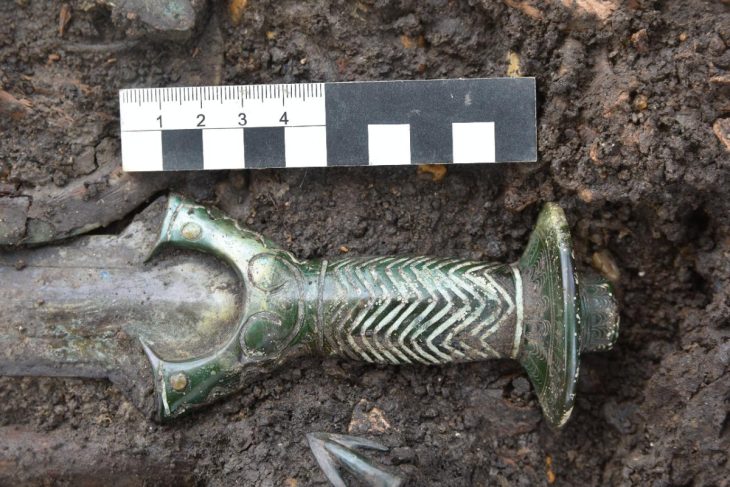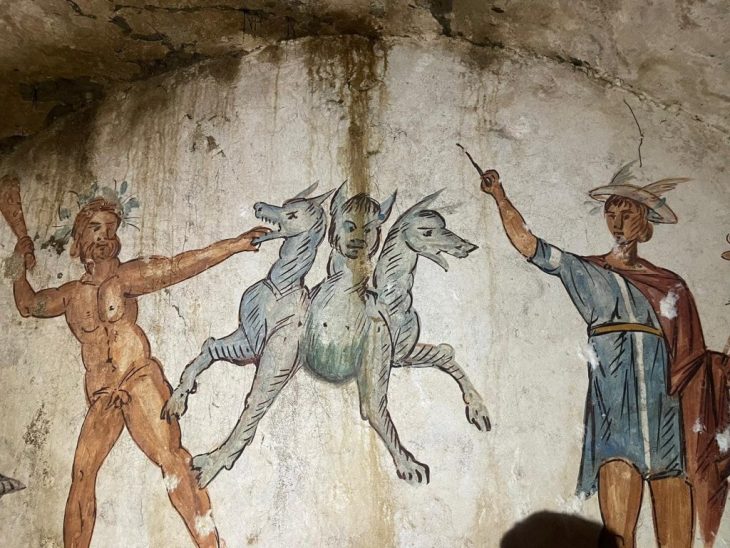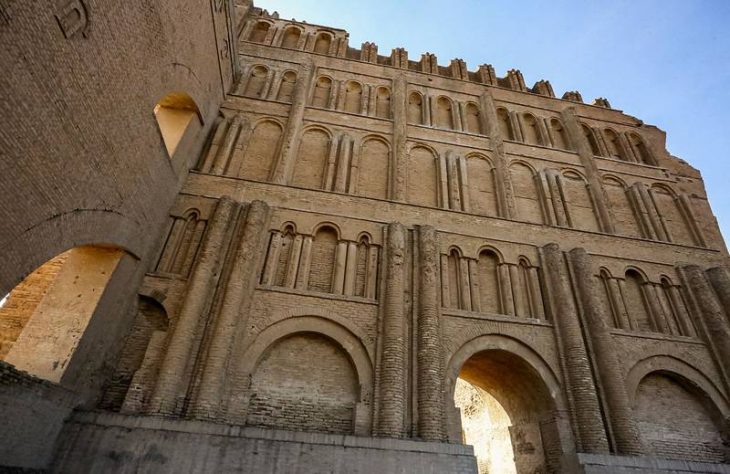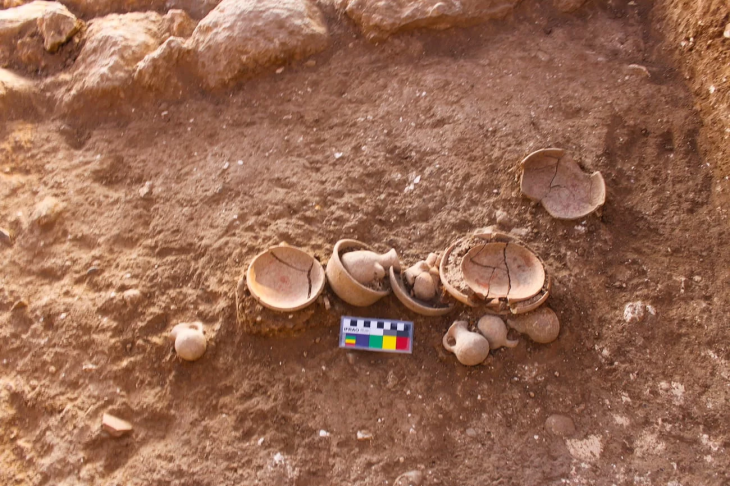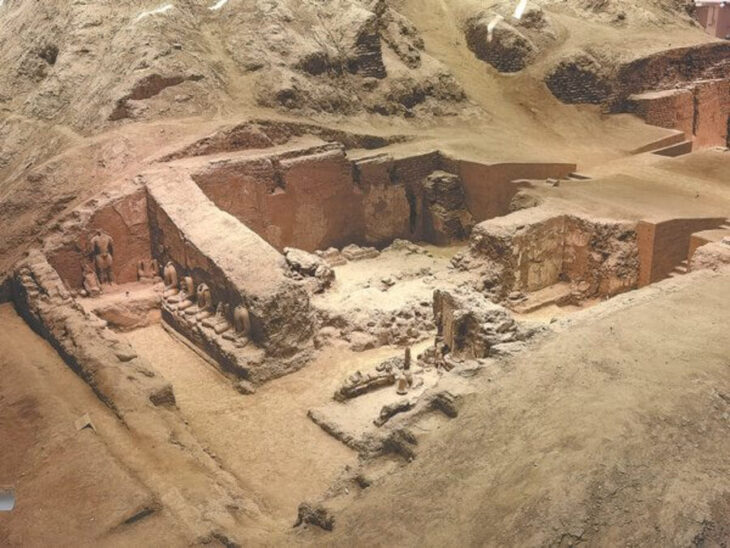Archaeologists from the Westphalia-Lippe Regional Association (LWL) have found remains of the foundations of two mini Roman temples and a sacrificial pit on the site of the former Roman camp in Haltern, a small town near the Germany-Netherlands border (Recklinghausen district).
The archaeological discoveries dating to the time of Caesar Augustus, officials said. Such cult buildings have never been discovered in Roman military camps before.
Rectangular clay foundations were all that remained of the temples, which would have been fashioned from wood and spanned an area of nearly 100 square feet. They appeared to be modeled after the iconic stone shrines that dotted numerous Roman cities.
“The two rectangular cult buildings consisted only of clay frameworks,” says LWL Roman expert Dr. Bettina Tremmel. “But they were based on the typical large podium temples made of stone that could be found in numerous Roman cities at the time of Emperor Augustus.”
The finding is extraordinary because such cult buildings have not been found anywhere else within Roman military installations. The remains of the building that have now been uncovered were first examined almost 100 years ago. Until today, this unusual combination of Roman camp and cult buildings had hardly been noticed in science due to a lack of comparisons.
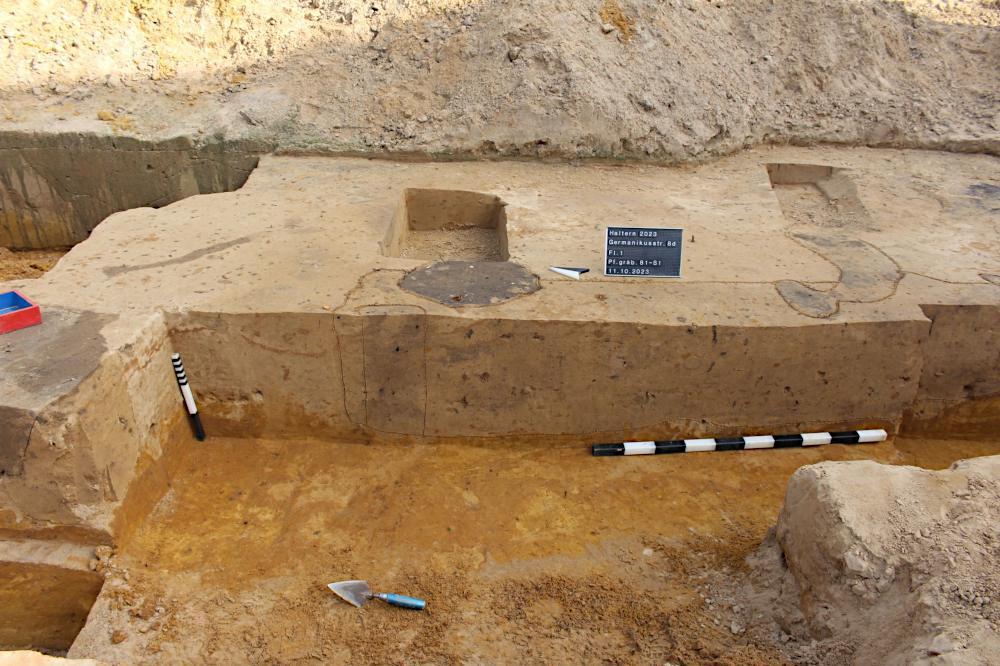
In the current excavation area, the experts have so far been able to almost completely uncover the floor plan of the western cult building. The rectangular, 30 square meter wooden building had a five-meter wide entrance at the front. The front of the building was architecturally highlighted by two wooden columns on the sides.
Both small temples are located in a 2,000 square meter complex previously examined in 1928, which Westphalian chief archaeologist Prof. Dr. August Stieren, initially identified as a meeting house for military personnel. In later years the complex was converted to hold a military workshop, evidenced by numerous tools found in situ.
According to the researchers, the discovery is unique as there have been no other examples of cult buildings previously unearthed in Roman military installations.
Between the two clay foundations, archaeologists located a ground-level sacrificial burn pit, which had been disturbed during previous excavations. The depth and the Roman finds it contains are comparable to the Roman burial ground in Haltern, however, the practice of burials within such settlements was forbidden under Roman law.
LWL head of culture Dr. Barbara Rüschoff-Parzinger: “When you think of Romans in Westphalia, the first thing that comes to mind is complex logistics, large military facilities, and brilliant equipment. The beliefs of the Romans have so far played a subordinate role in our work. In the coming months, we will therefore investigate the question of which mystery behind this unique finding on Germanikusstrasse.”
Westphalia-Lippe Regional Association (LWL)
Cover Photo: LWL/C. Hentzelt

